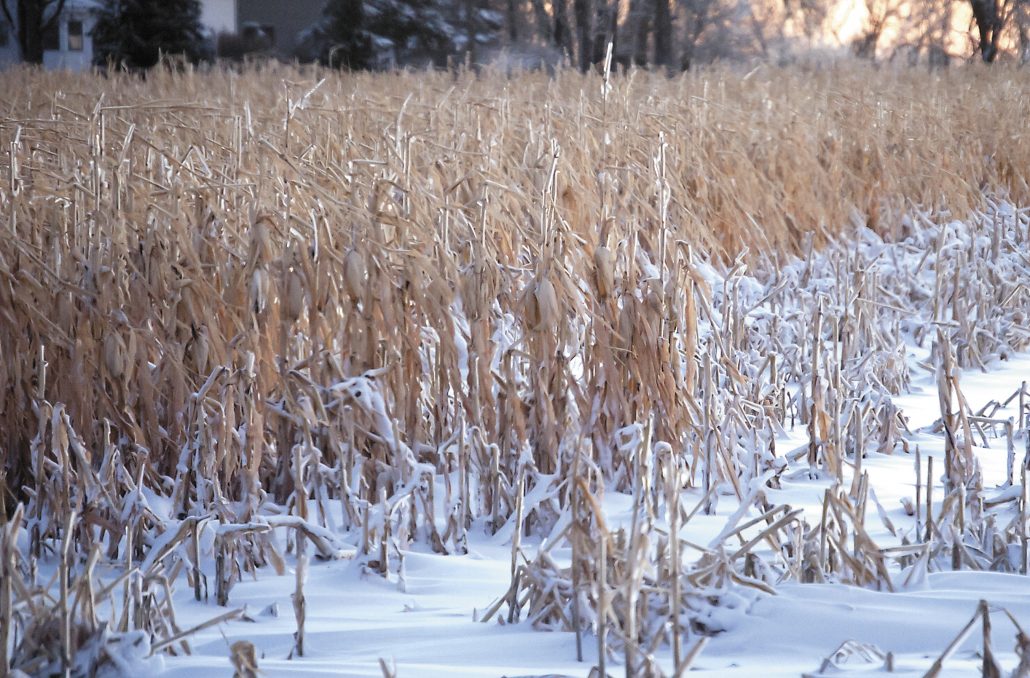
By Per Peterson
Difficult.
That’s the first word that comes to mind for CHS Agronomist Jerry Beck when describing, not just the 2019 harvest, but the entire year for farmers.
“It’s the whole year in general,” said Beck. “Late start, cold and wet all season. (The weather that) led into this fall was cool and wet. And there weren’t a lot of drying days, as far as the standing crop goes.”
This list goes on. The moisture content has been higher than normal, while the quality of corn has dropped. That means yields were down compared to other years and expenses, Beck added, have risen. Finally, prices are down.
Beck said the corn yield still hovers around the 160-per-bushel mark this year, compared to anywhere between 170-180 in 2018. Soybeans are in the upper 40s to lower 50s — about 10-20 bushes behind normal for the area.
There are also still fields with standing corn. Beck said that corn will be used for bedding, but livestock farmers could be in for a tough time in that regard.
“The fields that are still standing — those guys are waiting to make bedding for livestock, but they’re really suffering,” Beck said. “Some might not have enough bedding to make it through the winter.”
Beck said corn can be harvested with snow on the ground, but not on the plant itself, as the snow can get in the combine, melt and then freeze, causing machinery problems.
Beck added that most of the drying has been wrapped up, although there is still corn coming in despite that last round of weather. Beck said crops that came in early were strong, but that which came in late didn’t fare nearly as well.
Asa Nelson, CHS grain procurement specialist, said cash prices as of Monday were at $3.73 per bushel for corn and $8.11 for soybeans. Both numbers are higher than in 2018, due to both a strong local demand and the amount of prevent plant in the region.
“With fewer bushels out there and the same demand for pigs and a similar demand in the past for ethanol, everyone is kind of fighting for fewer bushels in our area,” he said. “Locally, we might be short on corn, so our prices have to be higher to get corn out of the country.”
•••
According to the USDA’s Minnesota Crop Report, corn harvested for grain reached 91% for the week ending Dec. 1 — that’s 18 days behind the five -year average. Corn moisture content of grain at harvest averaged 20%, down 1 percentage point for the previous week. Nearly all of the soybean crop has been harvested — 22 days behind normal.
